We’ve spent the last few posts on marketing funnels, or sales funnels. First, we talked about their definition. After that, we covered both the top and the middle of funnels, looking at examples at each stage. Today, let’s get to the bottom of it… literally. This post will help you understand bottom of funnel, along with some examples you can use in your own situation.
Bottom of Funnel Defined

Unless you’re like this lady, you realize how a funnel works. The top is big, and the bottom is small. Genius, right? This should help you remember that not everyone who enters the top of your funnel will make it to the bottom. Additionally, those who do make it don’t always do so at the same speed. This is perfectly normal and not a cause for concern.
At the top of the funnel, you increased brand awareness. People can’t interact with you if they don’t know you exist, right? The middle helped you obtain new leads and start to establish trust with them. The bottom is where you convert someone from a lead to a customer and help them want to return (and bring others)!
In the HubSpot flywheel model, this covers the”Engage” and “Delight” stages. You want to engage prospects so they’re more likely to become customers. After that, you keep them engaged and delight them with excellent customer service so they will return for repeat purchases and recommend you to others. In the flywheel, you start the process over, keeping in mind that you don’t want your audience ever to leave the process.
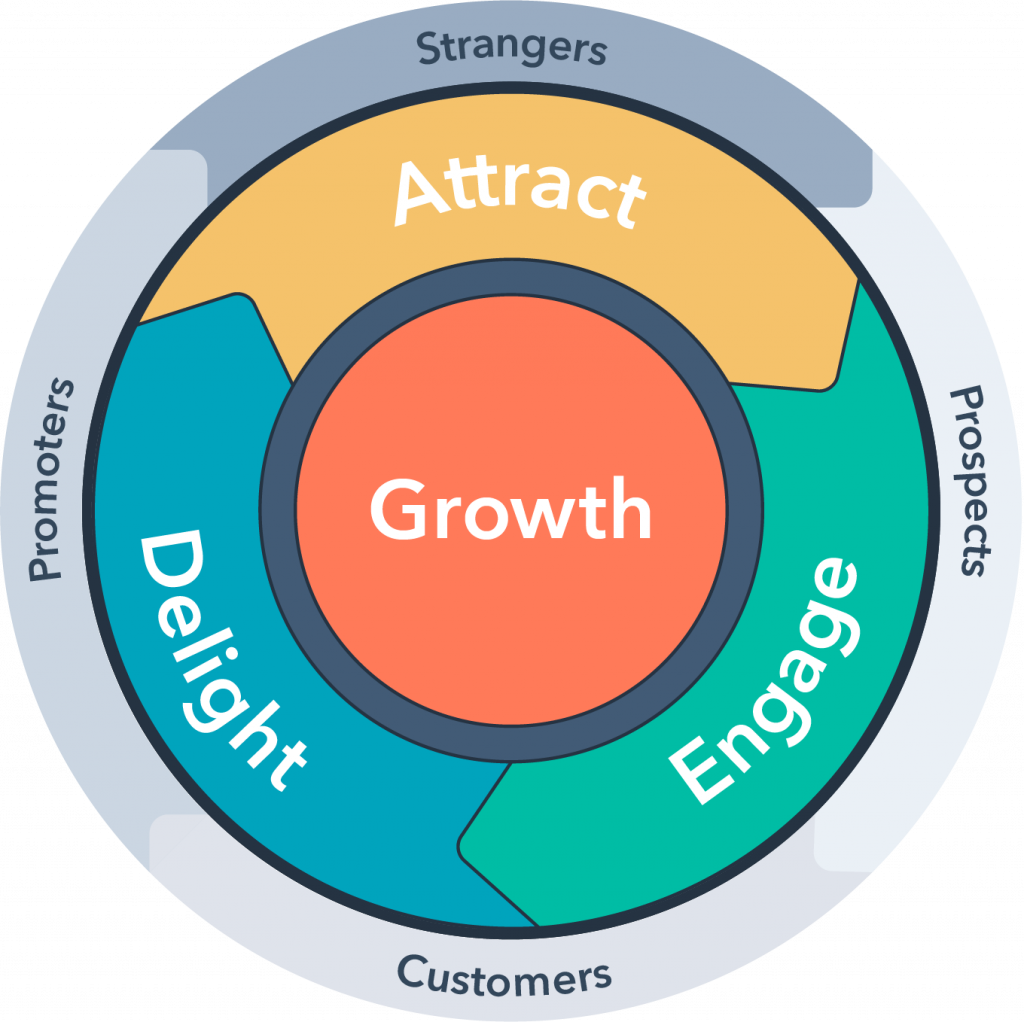
Bottom of Funnel Examples
So how do you convert people who are toward the bottom of your funnel? Let’s look at some methods. Most of these examples come from the Sales Funnels Certification course on ClickMinded.
1. Limited Time Offers
If you have a prospect who just needs a little push to make a purchase or follow through, a special offer can really help. Perhaps they were just waiting for the right time to buy, and a sale on the item or service they were considering could give them the nudge they need. Making sure they know that the offer will only last a limited time gives a sense of urgency that keeps them from wanting to miss out.
2. Launches
When you launch a new service, or even a new website or location, you want to create a lot of buzz. Use email and social media to get people excited about the debut and your launch offer. Sometimes these special events provide the perfect opportunity to convert leads to customers.
3. Bottom of Funnel Content Marketing
While most people consider content marketing (like blog posts and email) more of an introductory tactic, you can certainly still use it as an effective strategy here. Whereas people earlier in the funnel encountered more educational and nurturing content, you can get much more specific at this point. According to CoSchedule, you can get really product-specific here. Present a problem, and then show how your product or service solves the problem or fills a need. This can be especially helpful in nontraditional situations. If you have a cool way to use your product that solves a unique problem and that people may not have considered, feature it in a blog post or email!
4. Limited Pre-Sales
Most of us have a natural FOMO, or Fear of Missing Out. For that reason, people tend to respond to scarcity when told that only a limited amount of an item is available. If you have a new item or service launching, attach an offer to it, but only in a limited amount. For example, I recently pre-ordered a book because doing so gave me free access to the audio version. Of course, the author only had a limited number of audio copies to give away. I had been considering the book and probably would have purchased it, but getting the free audio version that I could listen to in the car or while cooking, etc. pushed me into that final sale.
5. Sales Pages/Social Proof
Have you ever been in the middle of a transaction and abandoned it because the whole thing was just too complicated? Me too. If your sales pages or landing pages have complicated forms and prove too difficult, you will lose sales. Make it as easy as possible for the user to complete the transaction, and you will have much more success.
In addition, make sure those sales pages have social proof. The concept of social proof says that people will feel more comfortable completing an action if they know others have done the same. You can tell people to go their own way all you want (thank you, Fleetwood Mac), but human nature makes us more likely to go along with the crowd. Examples of social proof include testimonials and logos of companies who have used your product or service. Don’t hide those away on their own page. Put them in various places to ensure they’ll be seen. Here are some ideas from a recent post about this.
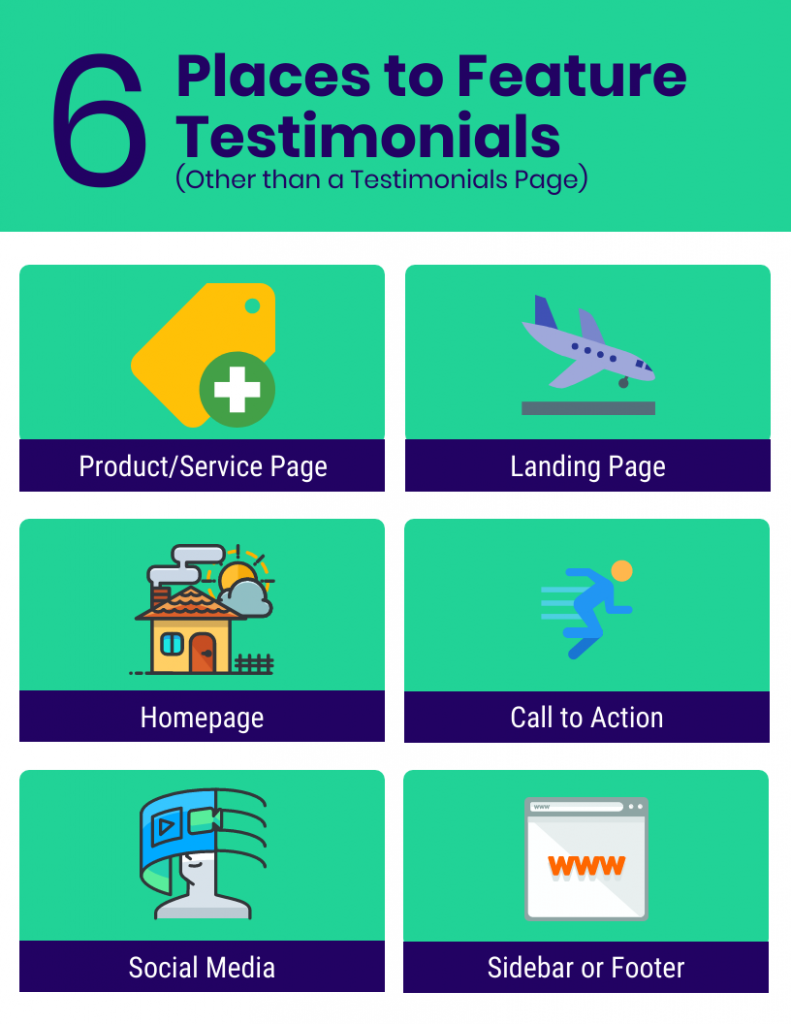
6. Guarantees
Let’s face it. Asking people to part with their money also asks them to take a risk. You may feel hesitant about offering money-back guarantees for fear that people will abuse them. While that does happen sometimes, the benefits can outweigh the risks. When people know they have nothing to lose, they will be more likely to take a leap. If your product does what it says and you offer “delightful” customer service, you have little chance people will want their money back.
7. Remarketing
Remarketing (or retargeting) involves marketing to someone who you know has shown an interest in a specific product. Have you ever put something in a shopping cart online, changed your mind, and then received an email about it? The email possibly even included a coupon code for a percentage off the item(s) in the cart. You, my friend, experienced remarketing. This also happens when you visit a product page or site and “suddenly” see more ads for it on Facebook or other sites. If it didn’t work, people wouldn’t use it so much.
8. Retention
Customer retention and repeat buying are an important part of bottom of funnel marketing. You can’t only focus on closing the first sale, never to see the buyer again. Make sure the customer knows how important he or she is to you. Offer insider tips for using your product, offers for repeat buyers, and other incentives for people to come back to you. Even better, you can have a referral program where people get a future discount for new customers or clients they refer to you. That keeps current customers happy and gives you a flow of new folks coming in!
Keep in mind that these methods are only as effective as the product and service. You can have the best funnel in the world, but a cruddy product or subpar customer service will tank the whole thing every time. Nothing beats quality for marketing. So work on all parts of your funnel, keep your people happy, and keep swimming along!
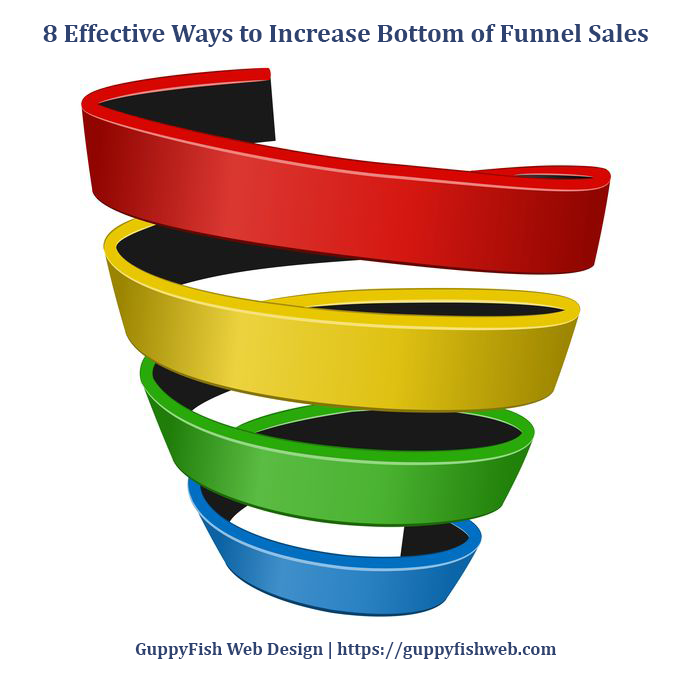
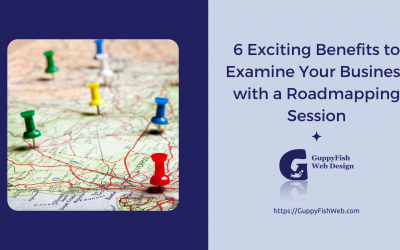
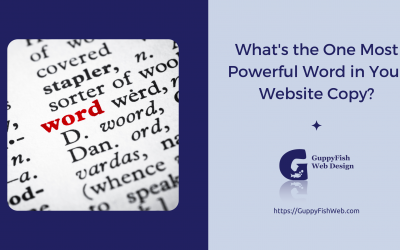

0 Comments